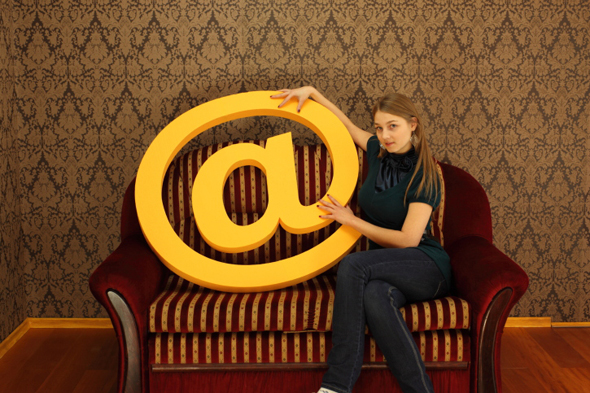Make Unsubscribing Easier
In the world of email marketing, many companies are so focused on encouraging people to opt-in or subscribe to their emails that they overlook the wishes of recipients who may want to unsubscribe.
If unsubscribing to your messaging is not easy, you run the risk of increased spam complaints and ISP blocking, annoyed customers, and a weakened brand image. More than 40 percent of email recipients click the easier option (the spam button at the top of their email) rather than searching for an unsubscribe link. This occurs most often because many companies hide the link, push it down to the bottom of a message, or purposely blend the “unsubscribe” text into the background.
One way to make unsubscribing easier is to place an “unsubscribe” button at the top of your email. In addition to making your unsubscribe button more noticeable, you may also want to offer other options (change email address, change/reduce message frequency, choose different types of messages to receive, change message delivery to RSS/direct mail, etc.). Consider adding a survey, too, that asks why the recipient chose to unsubscribe (I receive too many emails from your organization, emails are not relevant to me, I did not subscribe to these emails, etc.).
Overall, the unsubscribe button isn’t always a bad thing and doesn’t have to mean goodbye. It can not only help reduce email complaints, but can also clean your email list, ensuring that only people who are truly interested receive your message.


